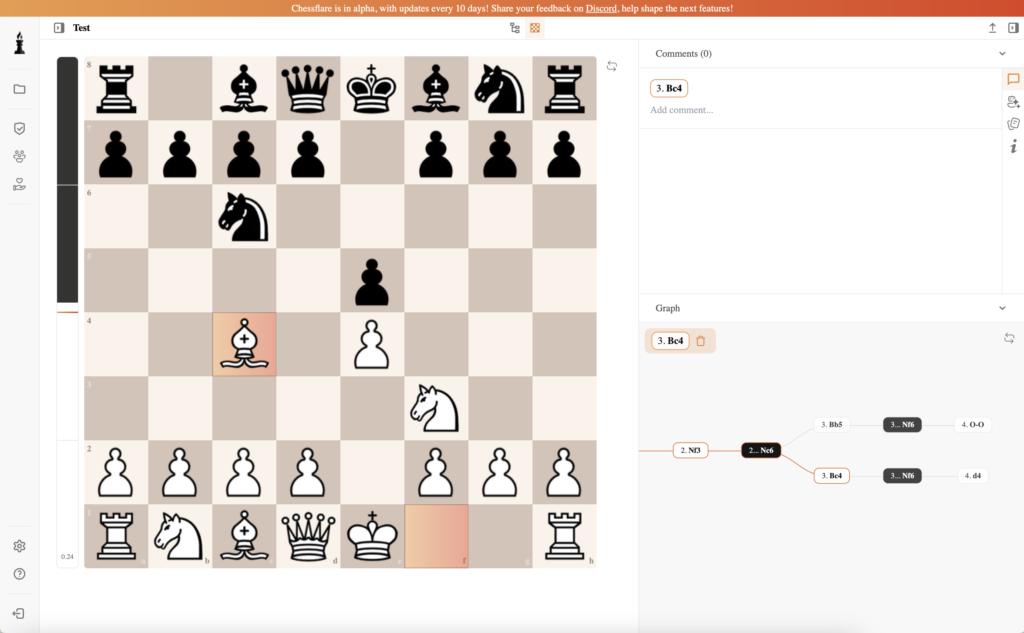The Chinese School of Chess refers to a modern and dynamic approach to chess developed in China, which has gained prominence in the 21st century. It combines deep opening preparation, strong tactical vision, and a unique emphasis on adaptability, making Chinese players some of the strongest competitors in the world today. The Chinese School has significantly contributed to the global chess landscape, producing world champions and challenging traditional Western-dominated strategies.
Origins and Philosophy
The rise of the Chinese School can be traced to the late 20th century when China began heavily investing in chess education and training programs. Inspired by the Soviet School’s structured approach, Chinese chess authorities focused on creating a disciplined and highly analytical system for developing young players.
Key principles of the Chinese School include:
- Opening Innovation: Chinese players often introduce fresh ideas in well-known openings, catching opponents off guard.
- Tactical Sharpness: There is a strong emphasis on combinational play and precise calculation.
- Adaptability and Creativity: Chinese players are trained to be flexible in different positions rather than rigidly adhering to theoretical lines.
- Endgame Mastery: Significant attention is given to improving endgame skills, ensuring players can convert small advantages into victories.
- Intensive Training Regimen: Young players undergo rigorous training camps, mirroring the structured approach seen in Chinese sports training.
Key Openings of the Chinese School
Chinese players have made important contributions to opening theory and frequently employ sharp, aggressive, and strategic openings.
Najdorf Sicilian
The Najdorf Sicilian (1.e4 c5 2.Nf3 d6 3.d4 cxd4 4.Nxd4 a6) is one of the most analyzed and aggressive defenses, often used by top Chinese grandmasters. It provides dynamic counterplay and complex middlegame positions.
Ruy-Lopez Berlin Defense
The Berlin Defense (1.e4 e5 2.Nf3 Nc6 3.Bb5 Nf6) has been a favorite of Chinese grandmasters for its solid yet counterattacking potential. It allows deep positional play and emphasizes strong endgame skills.
Petroff Defense
The Petroff Defense (1.e4 e5 2.Nf3 Nf6) is a solid yet counterattacking weapon frequently used by top Chinese players, demonstrating their preference for deeply analyzed and resilient openings.
Queen’s Indian Defense
The Queen’s Indian Defense (1.d4 Nf6 2.c4 e6 3.Nf3 b6) allows for a controlled and flexible positional setup, reflecting the Chinese School’s adaptability in various structures.
The Great Players of the Chinese School
China has produced some of the world’s most formidable chess players, many of whom have achieved historic milestones.
Xie Jun
Xie Jun was the first Chinese World Chess Champion, winning the Women’s World Championship in 1991. She played a crucial role in inspiring the next generation of Chinese players.
Hou Yifan
One of the greatest female chess players of all time, Hou Yifan became the Women’s World Champion at the age of 16. Her exceptional talent and strong positional play have made her a force in both women’s and open tournaments.
Ding Liren
Ding Liren is one of China’s strongest grandmasters and became the 2023 World Chess Champion. His deep opening preparation, strong endgame technique, and resilience under pressure embody the principles of the Chinese School.
Wei Yi
A young prodigy known for his sharp tactical play, Wei Yi has produced some of the most brilliant attacking games of modern chess, demonstrating China’s emphasis on tactical ingenuity.
Yu Yangyi
Yu Yangyi has been a consistent performer on the international stage, known for his creative and resourceful style of play, reflecting the Chinese School’s adaptability.
The Rise of China as a Chess Superpower
China’s rise in chess has been fueled by state-supported training programs, extensive youth academies, and the development of strong domestic competitions. The Chinese Chess League has provided young players with a platform to compete against top talent, further strengthening their competitive experience.
China has won multiple Chess Olympiads, asserting itself as a dominant force in team competitions. The country’s grandmasters regularly compete at the highest level, challenging traditional powerhouses such as Russia and the United States.
Legacy and Influence of the Chinese School
The Chinese School has brought a fresh perspective to chess, blending elements of classical strategy with modern dynamism. It has proven that structured training, tactical sharpness, and creative adaptability can lead to success on the world stage.
Chinese players continue to shape chess with their deep preparation and fearless approach, proving that their influence will remain strong in the years to come.
Conclusion
The Chinese School of Chess has established itself as a dominant force in the modern chess world. Its emphasis on opening innovation, tactical sharpness, and adaptability has led to remarkable success, producing world champions and elite grandmasters. As China continues to develop its chess infrastructure, the country is poised to remain a major player in the global chess landscape for years to come.

